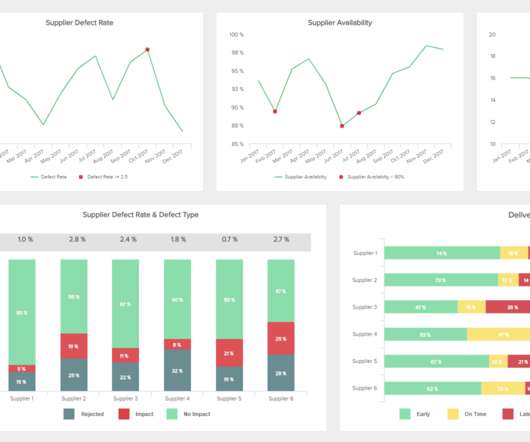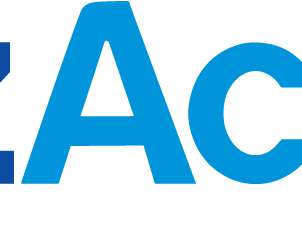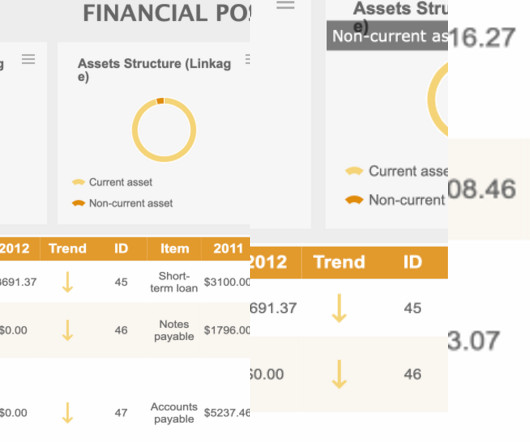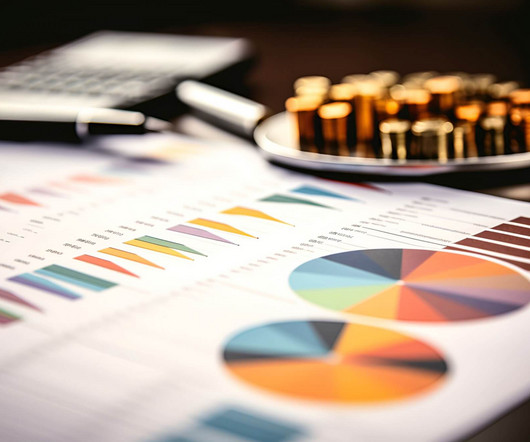Beyond the hype: Do you really need an LLM for your data?
CIO Business Intelligence
FEBRUARY 6, 2025
For example, at a company providing manufacturing technology services, the priority was predicting sales opportunities, while at a company that designs and manufactures automatic test equipment (ATE), it was developing a platform for equipment production automation that relied heavily on forecasting. And guess what?
























Let's personalize your content